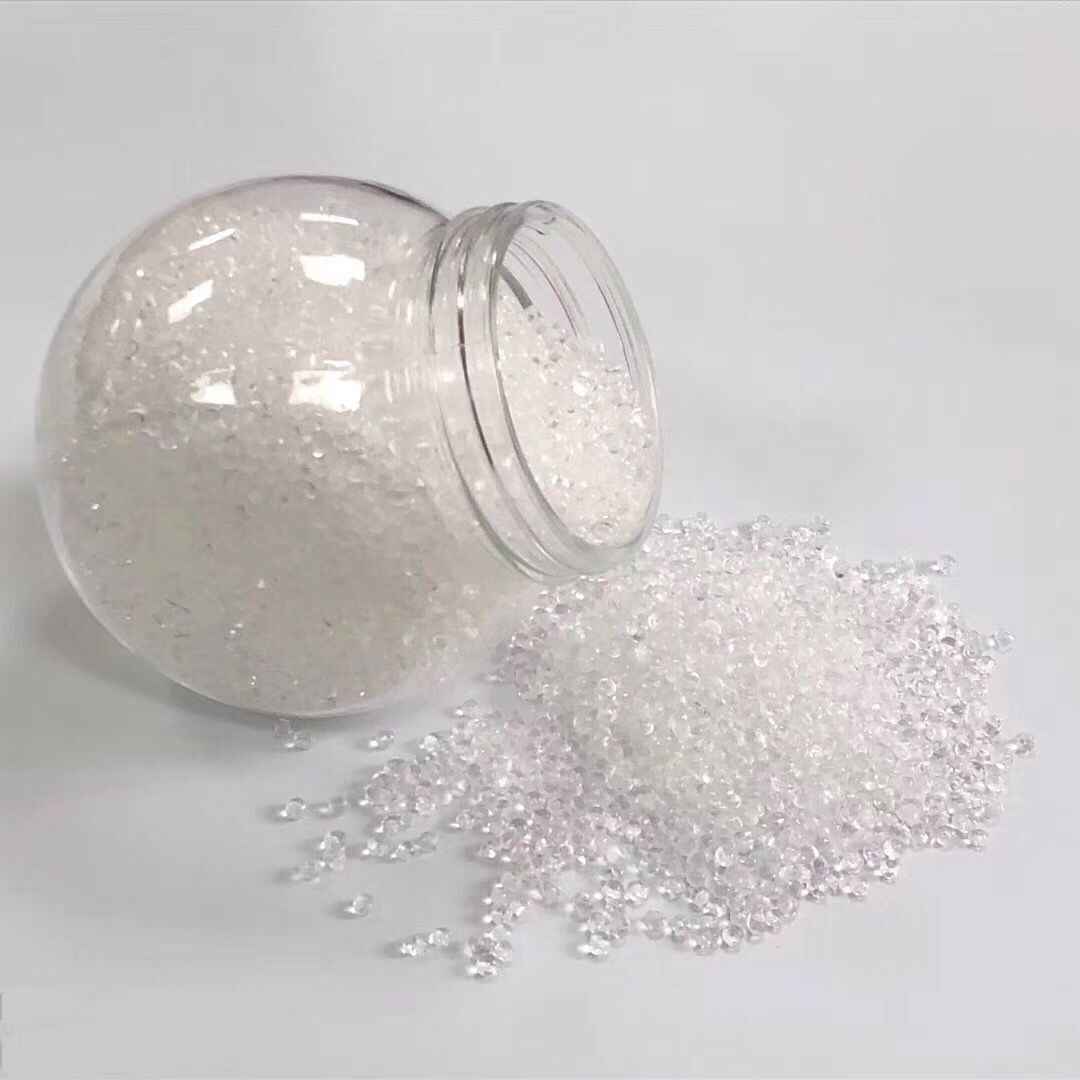Food grade TPE materials for kitchen supplies
specification in the polyurethane elastomer industry at this stage.
Theoretically TPE and TPR are all polyurethane elastomers, and there is no difference. However, from the perspective of TPE industry category, TPE and TPR are still somewhat different. T
Contact 138 2720 9711
Product details
What is the difference between TPR and TPE? TPE and TPR are the same thermoplastic rubber, and there is no defined specification in the polyurethane elastomer industry at this stage.
Theoretically TPE and TPR are all polyurethane elastomers, and there is no difference. However, from the perspective of TPE industry category, TPE and TPR are still somewhat different. TPE is short for its English name Thermoplastic Elastomer, which means thermoplastic rubber. TPR is short for its English name Thermoplastic rubber, which means thermoplastic rubber.
TPE is usually made of SEBS as the modified material of the board, while TPR is usually made of SBS as the modified material of the board. SEBS is a substance after SBS esterification (to put it bluntly, esterification refers to the introduction of hydrogen atoms into the molecular structure of unsaturated fat under a unique reflection standard, thus making the molecular formula exceed saturation).
SEBS has a molecular formula in saturated state, and its aging resistance, yellowing resistance, high temperature resistance and corrosion resistance are better than SBS. The same TPE has better related characteristics than TPR.TPE appearance difference between TPE and TPR:
First, the surface difference between TPR and TPE
1. The surface layer of TPE particles is frosted or matte
2, have direct astigmatism of light source
3. TPR particles are smooth
4. It has light source reflectivity, especially in fully transparent materials
5. TPE feels comfortable and smooth
6, TPR is some hands
Second, the performance difference between TPR and TPE
1. Some handicrafts that must be bonded with strong adhesive, such as shoe materials, artworks, small toy dolls, etc., are generally made of TPR material. TPR and adhesive are relatively firm, while TPE material and strong adhesive are basically non-adhesive. In addition, TPR is very easy to color, and suitable for products with bright colors and bright surface.
2. TPE and TPR both have the ductility of plastic and vulcanized rubber, while TPR molecular structure has the unsaturated fatty molecular formula similar to vulcanized rubber, so it has the tactility and resilience of vulcanized rubber.
3. The ignition difference between TPE and TPR: TPE ignition causes light smoke, while TPR ignition causes dark smoke.
TPR is more difficult to melt and produce than TPE.
Third: the price difference between TPR and TPE
Because the price of SEBS raw materials is higher than that of SBS raw materials, TPE is generally higher than TPR, TPR materials are generally used to make lower and middle-grade products (small toys, rubber coating, etc.) and TPE materials are used to make medium and high-grade products (adult sex toys, daily necessities, etc.)
IV. Difference of Injection Temperature between TPR and TPE
The injection temperature of TPR and TPE will not be much different. The injection temperature of TPE will be 20-50 degrees higher than the injection temperature of TPR. You can master this value. The following injection temperatures are provided for reference only for different degrees:
The 1.TPR/TPE hardness is 0C-15A light soft material, and the injection molding processing temperature is T130~200℃ DEG C;
The 2.TPE/TPR has a hardness of 20-110A and is a single raw material for injection molding. The proposed injection molding temperature is 140-230℃.
3.TPE/TPR plastic PP, proposed secondary injection molding temperature 170~200℃.
4.TPE/TPR plastic ABS,PC, proposed secondary injection molding temperature 180~220℃.
5.TPE/TPR is coated with PA, and the second injection molding temperature is proposed to be 240~270℃.
6.TPR plastic-coated PS(HIPS,GPPS), proposed secondary injection molding processing temperature 160~190℃.
7. TPE and TPR with high toughness and high elasticity are proposed for injection molding at 210~250℃.
8. Universal injection molding TPE/TPR (according to SEBS), the proposed injection molding temperature is 180~200℃.




